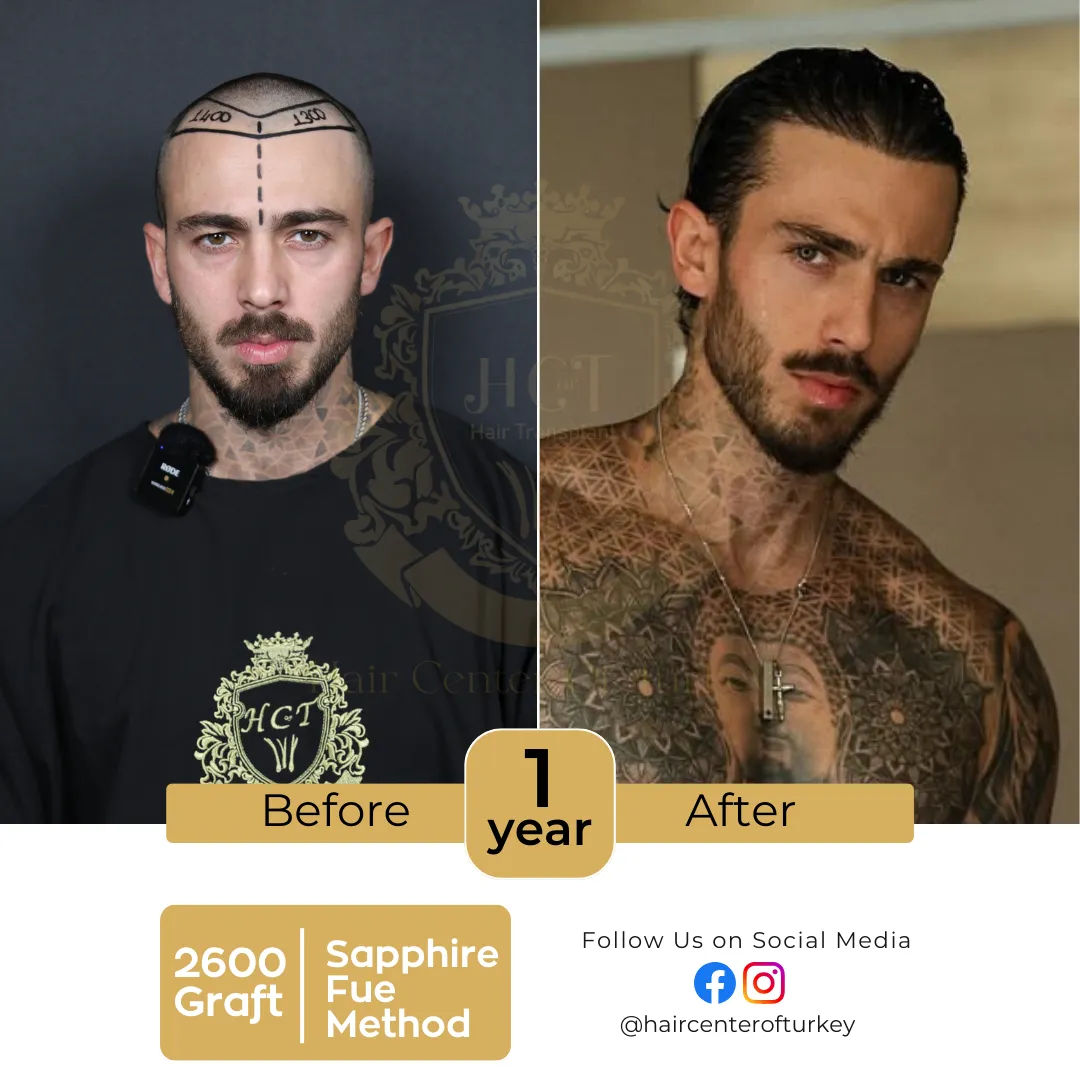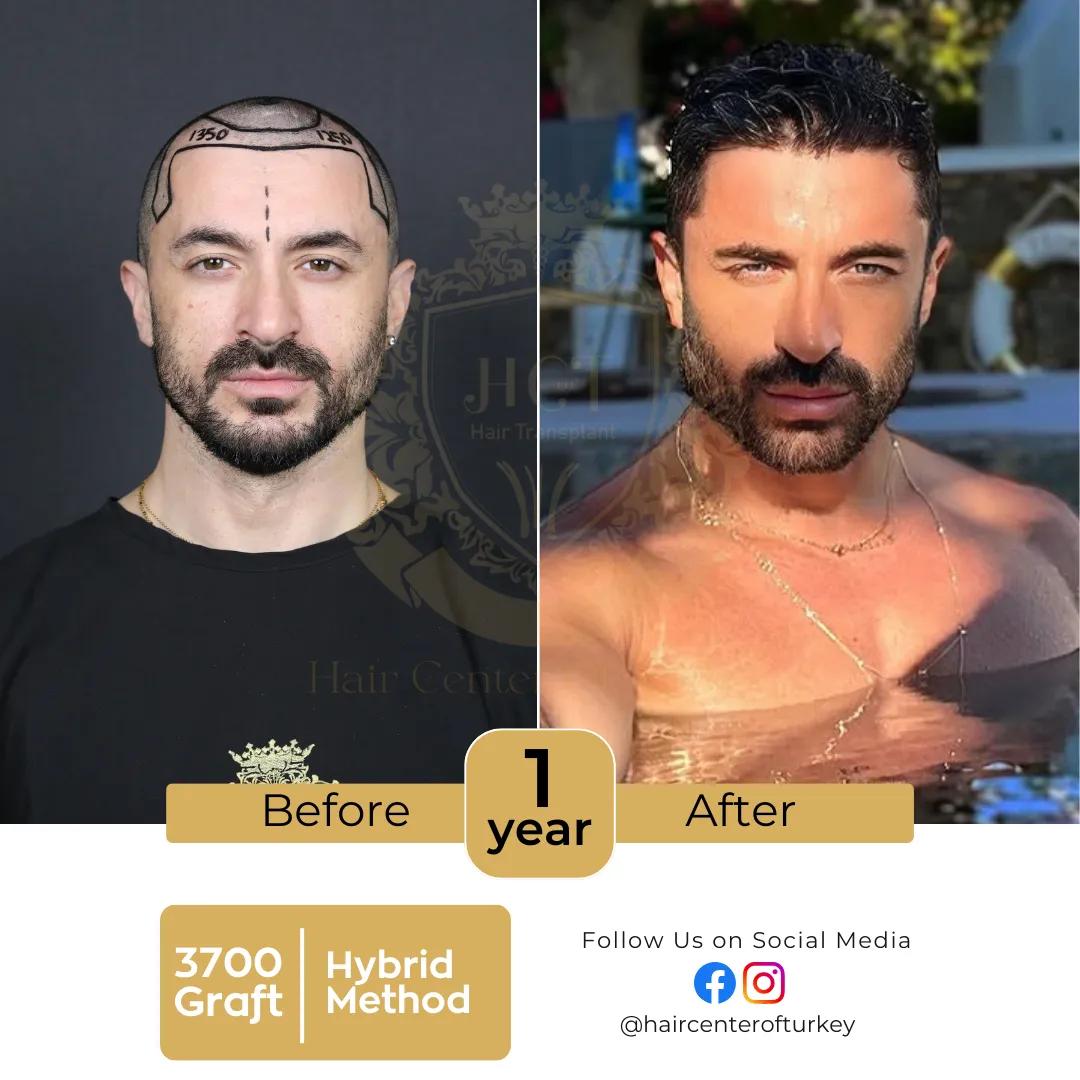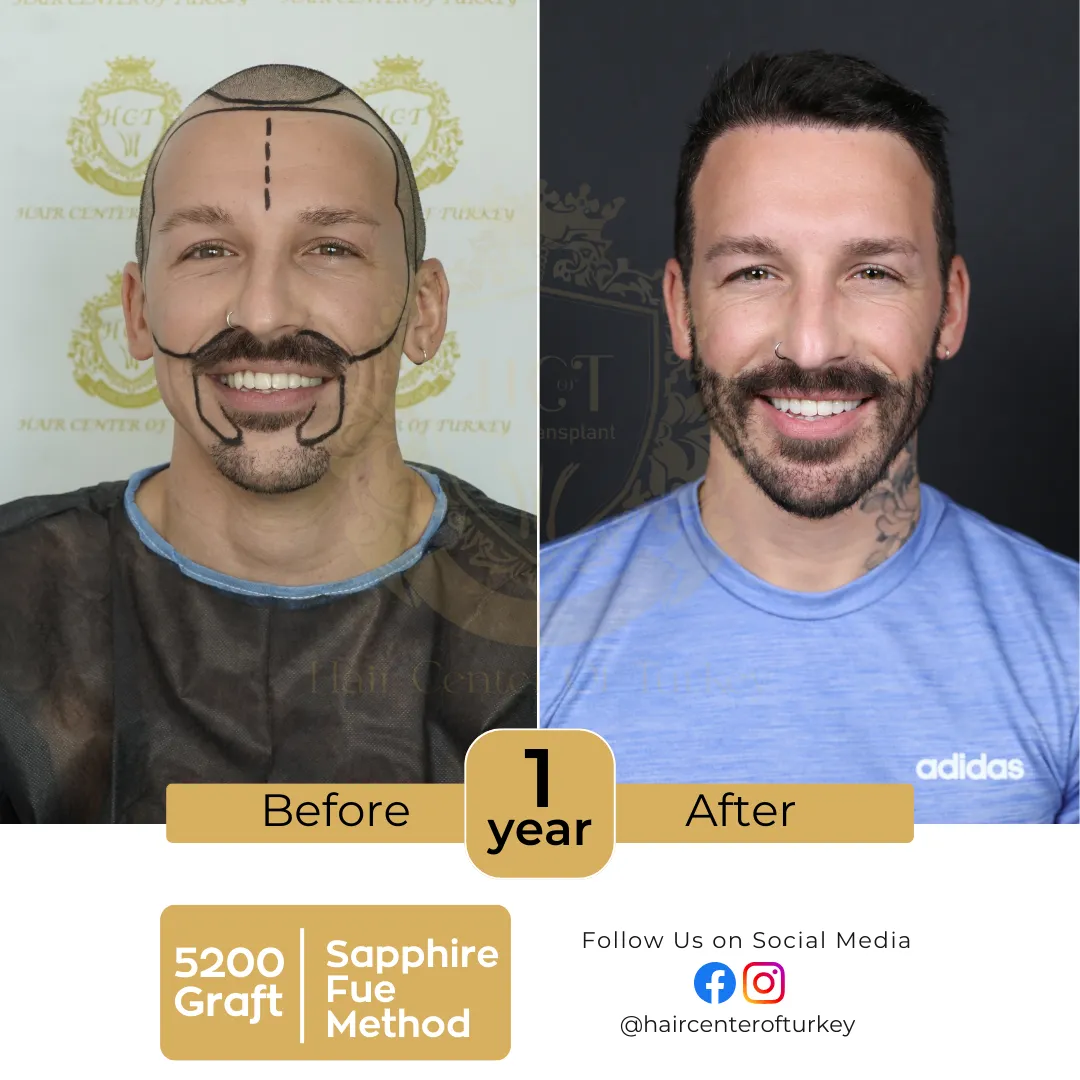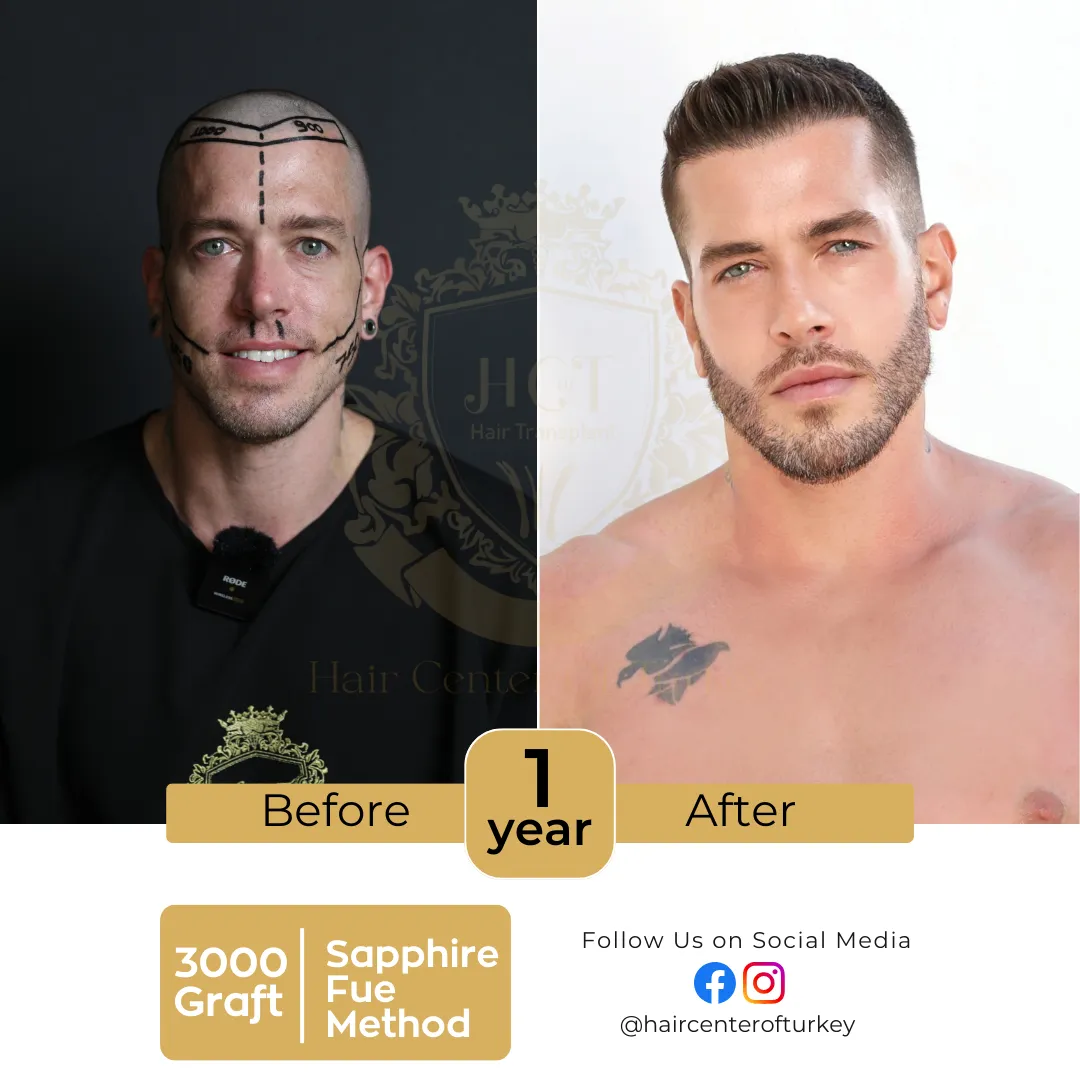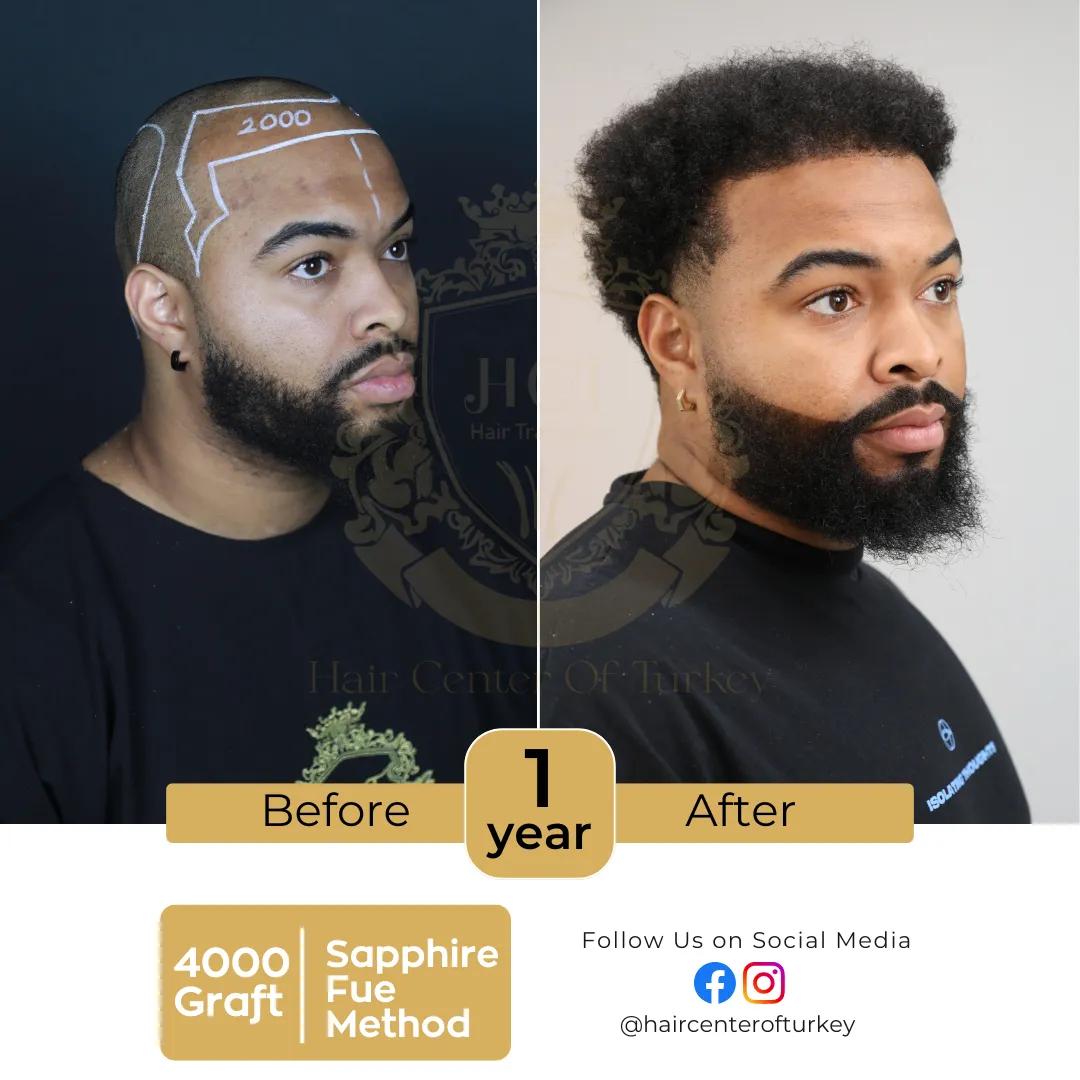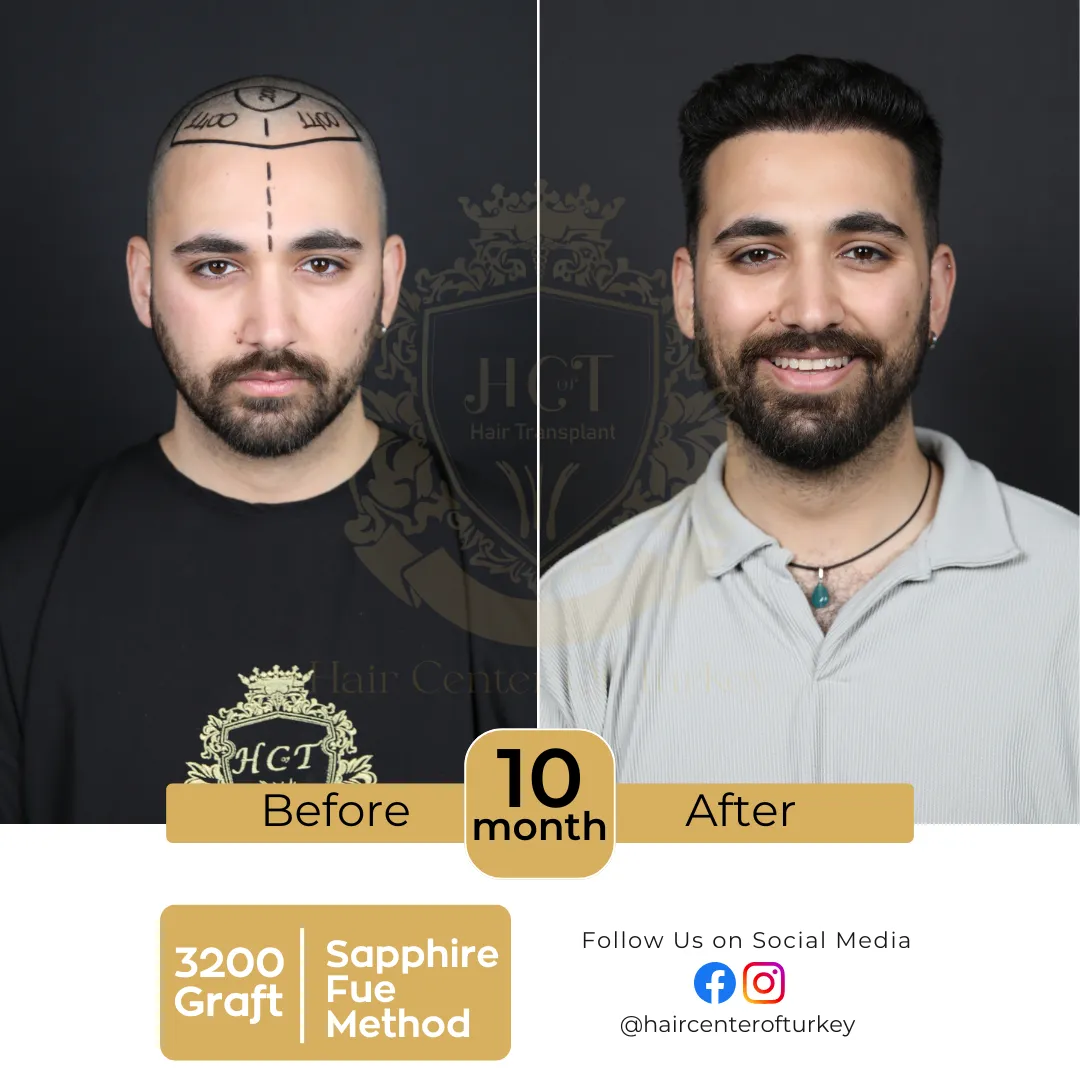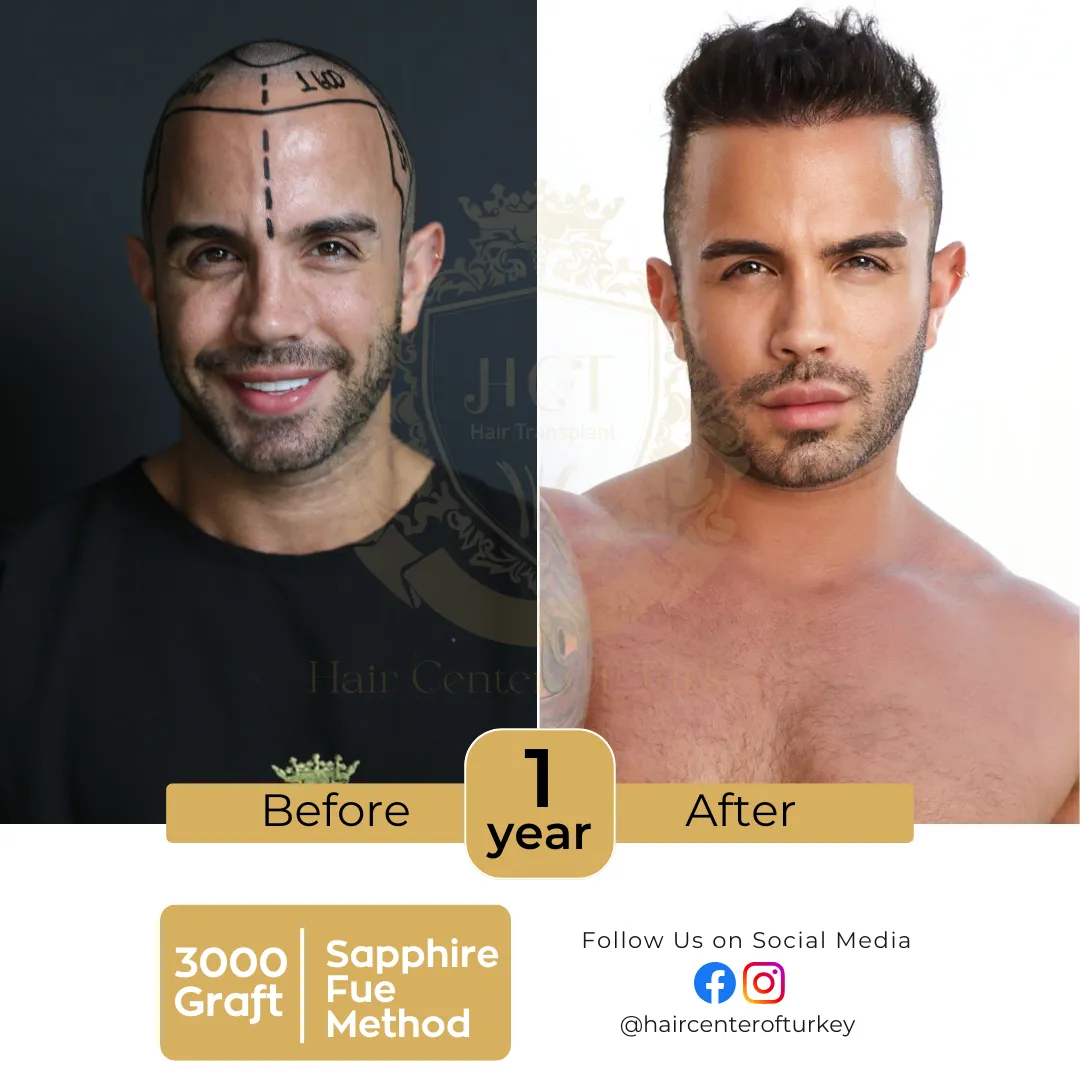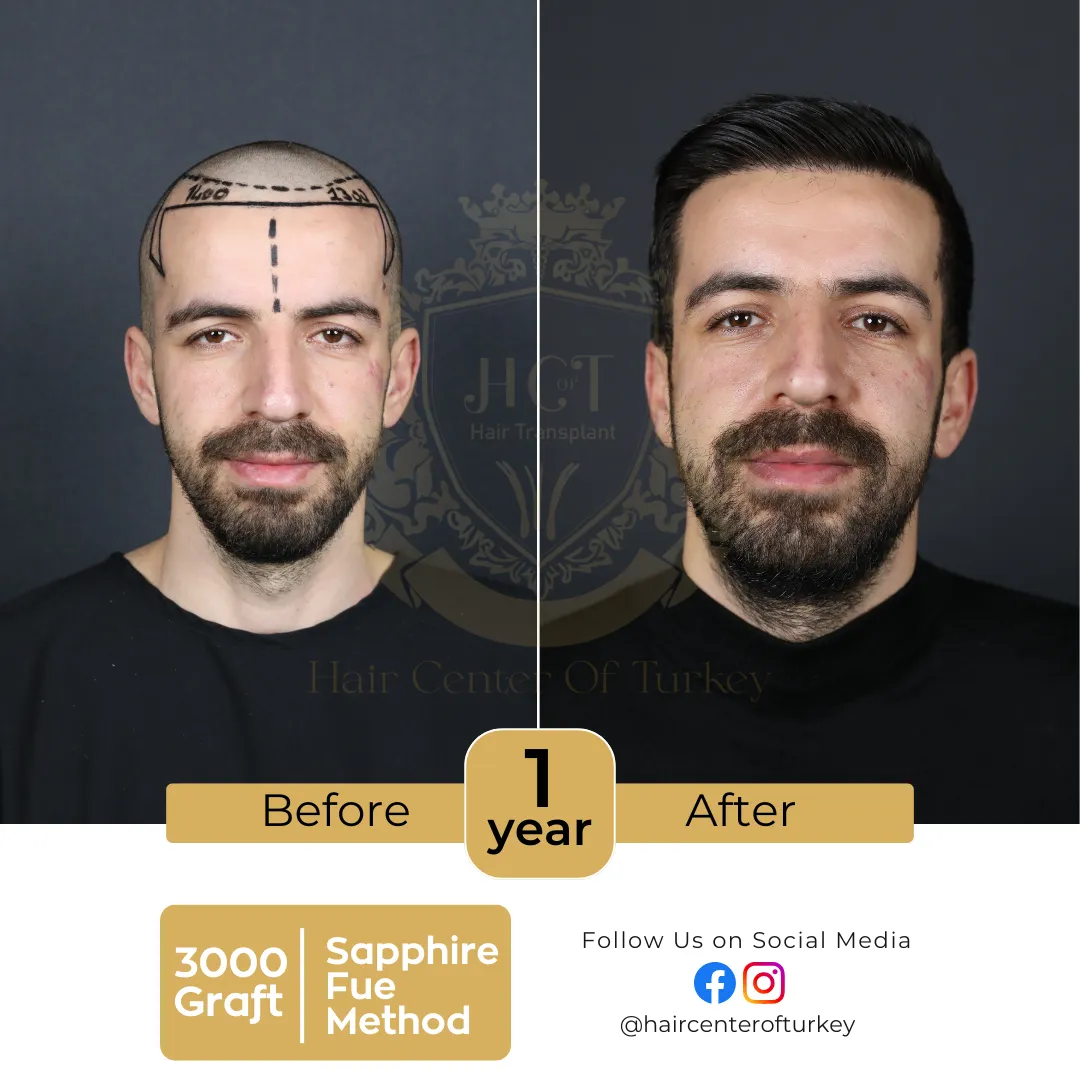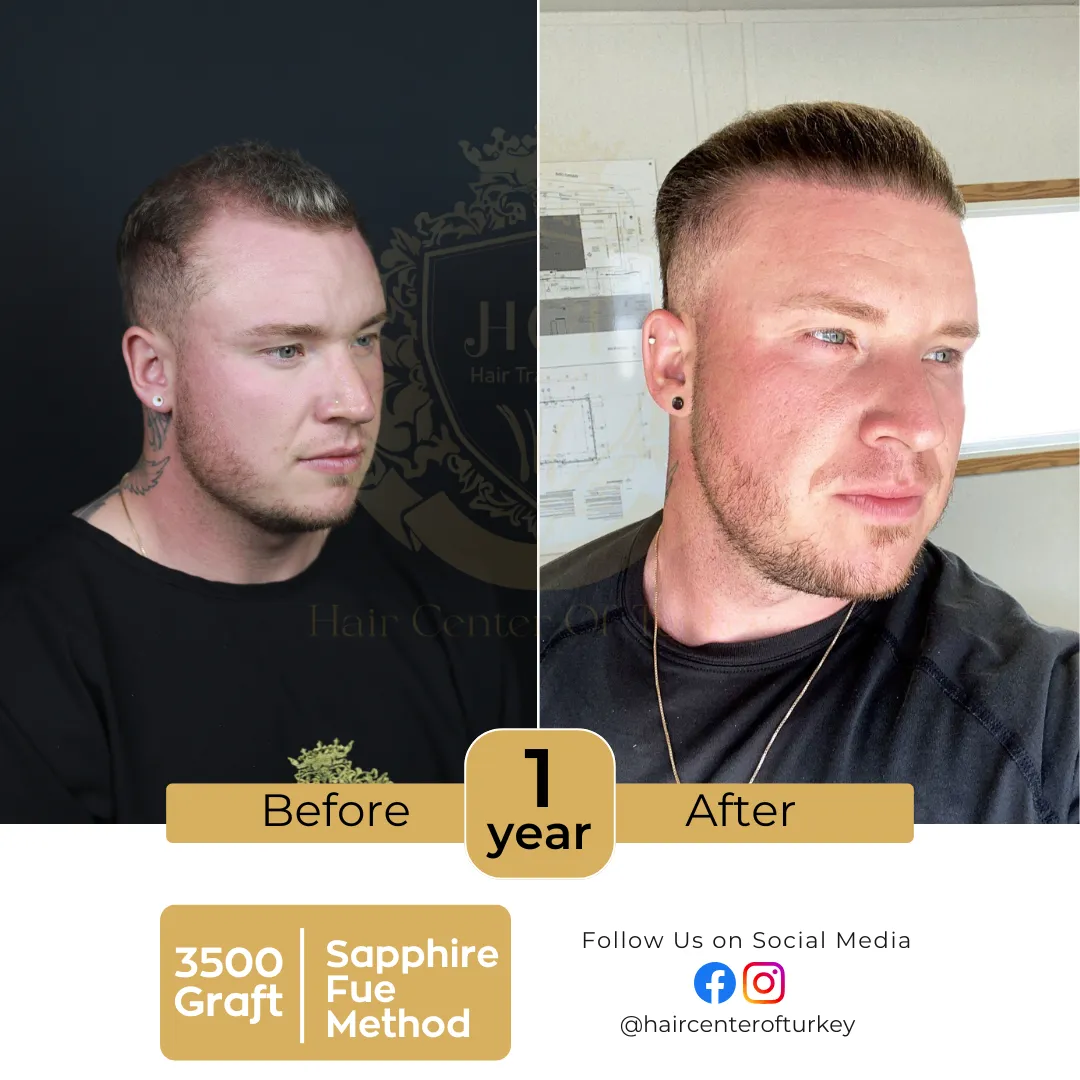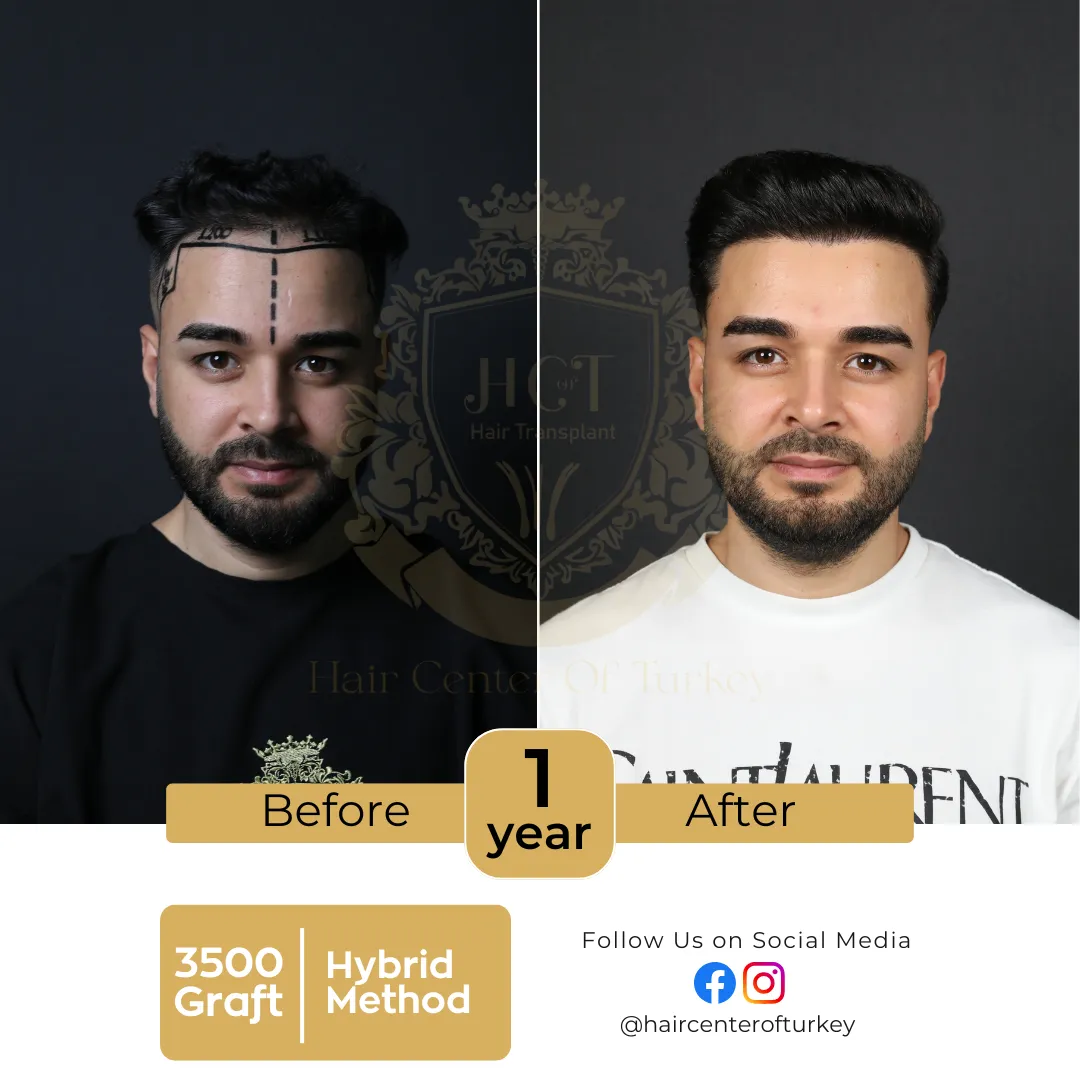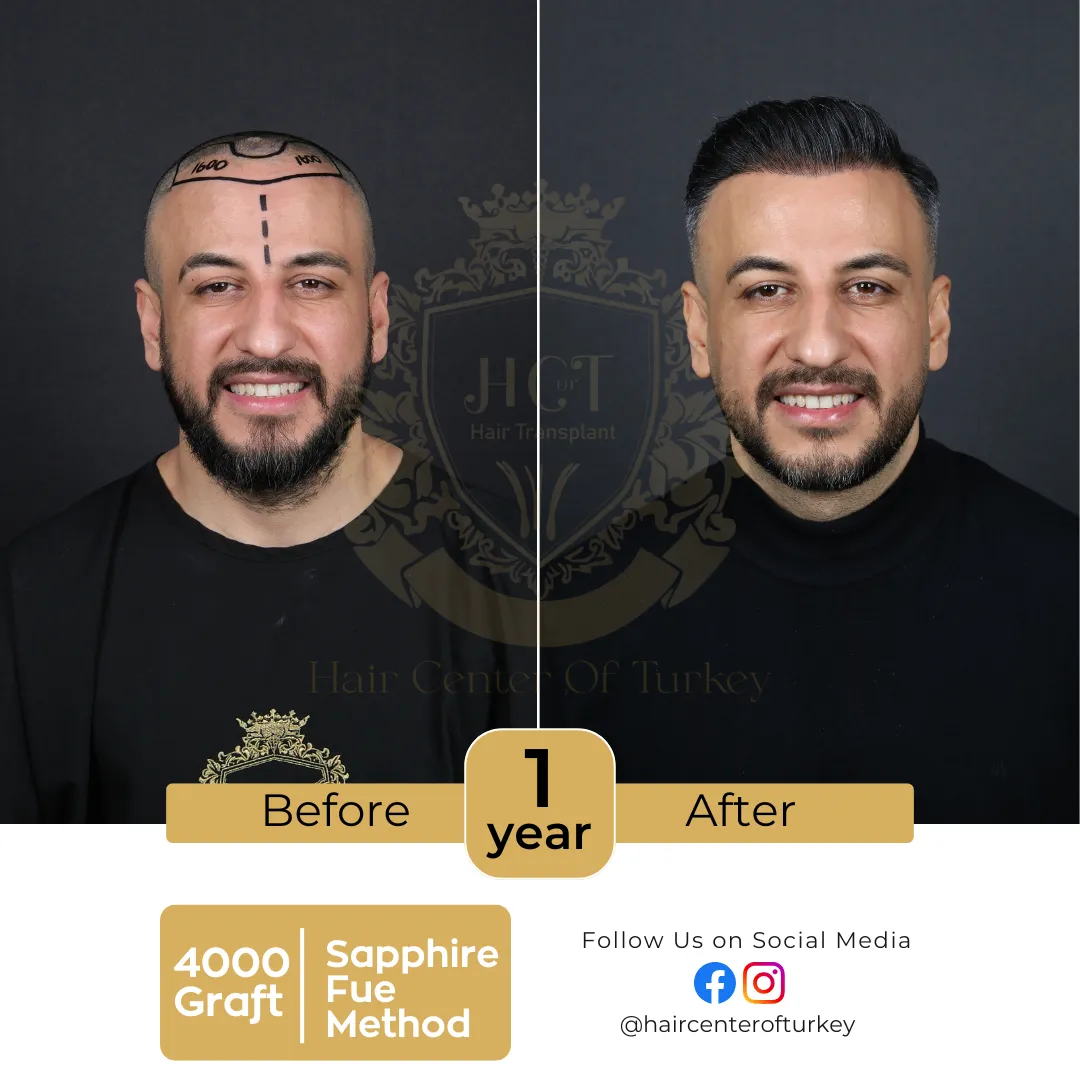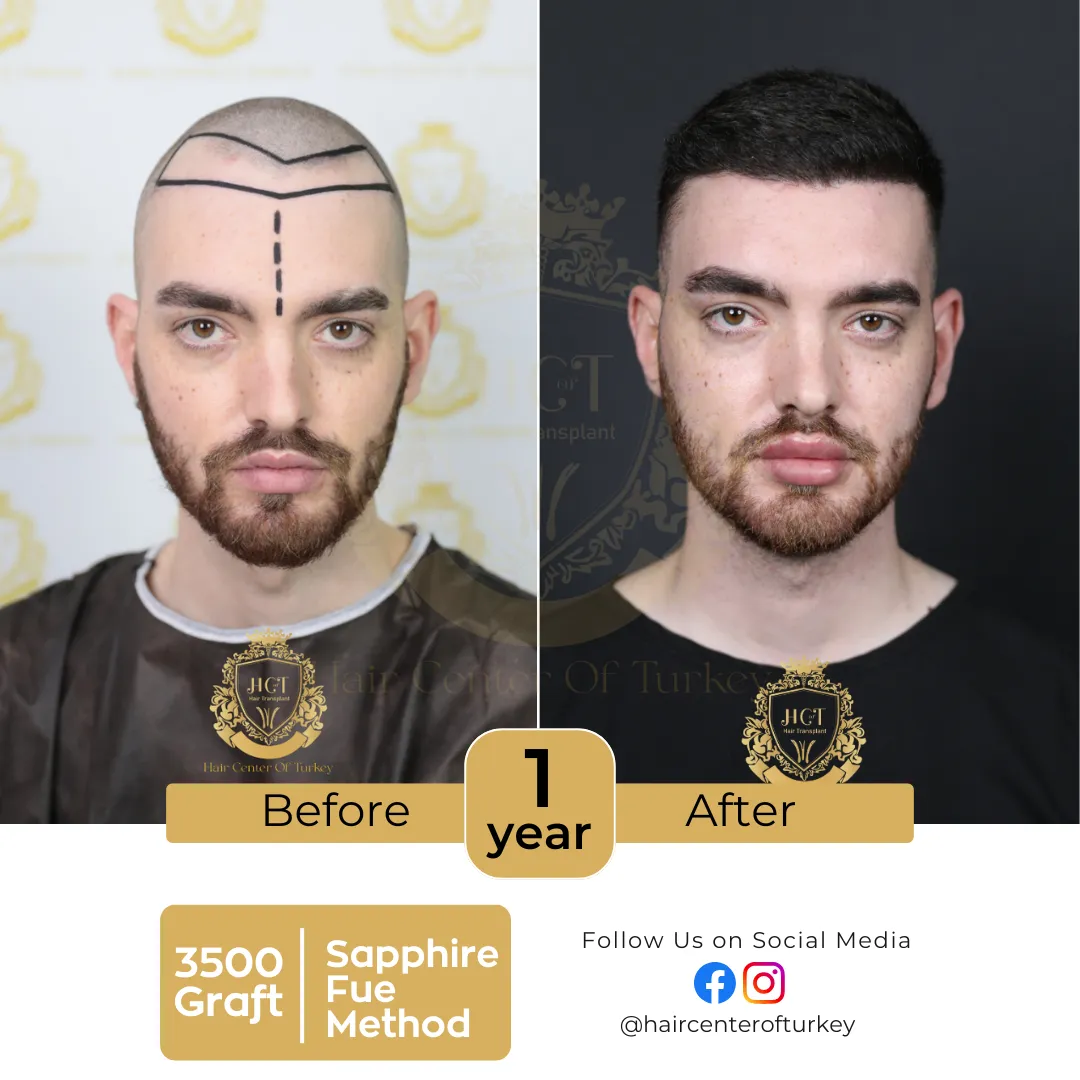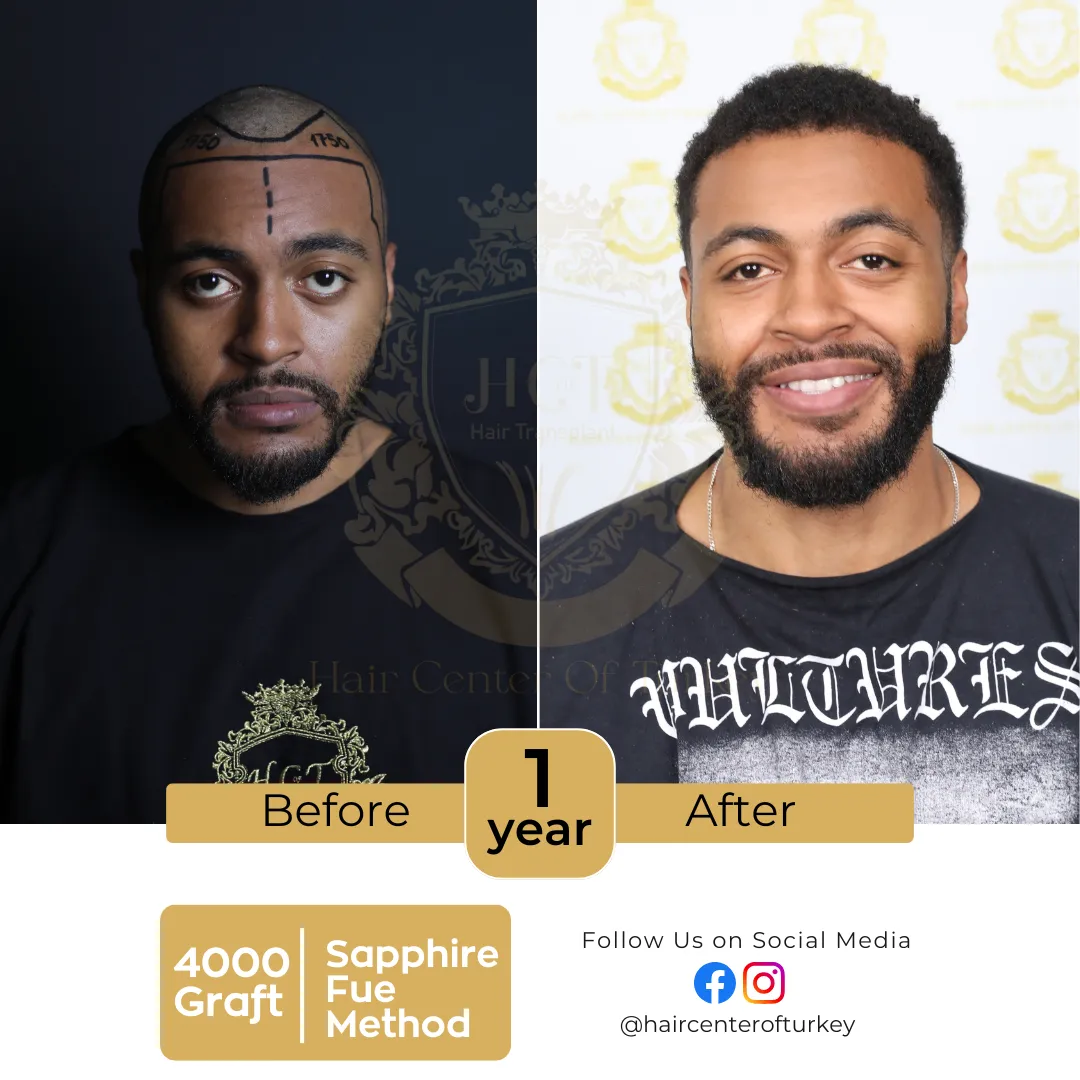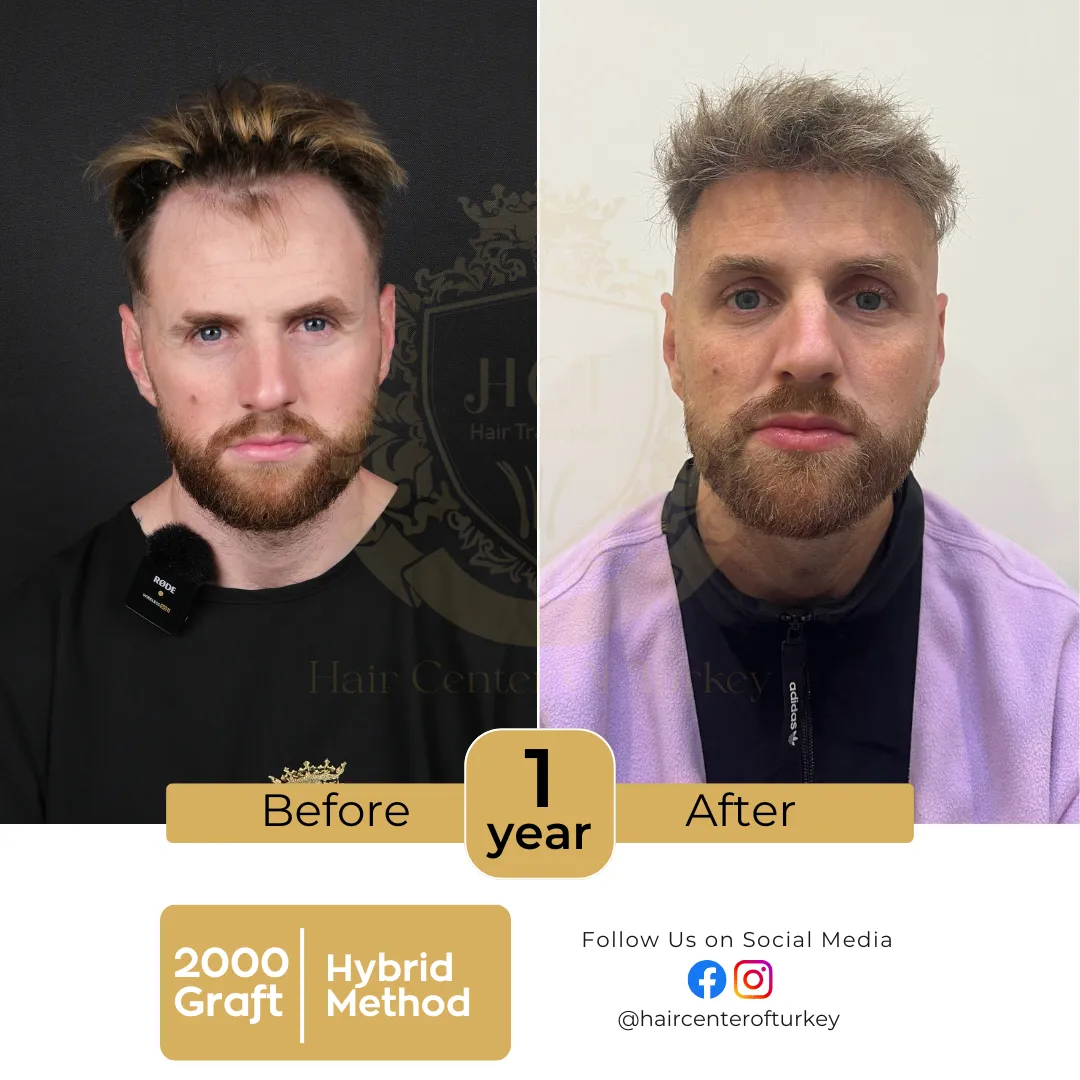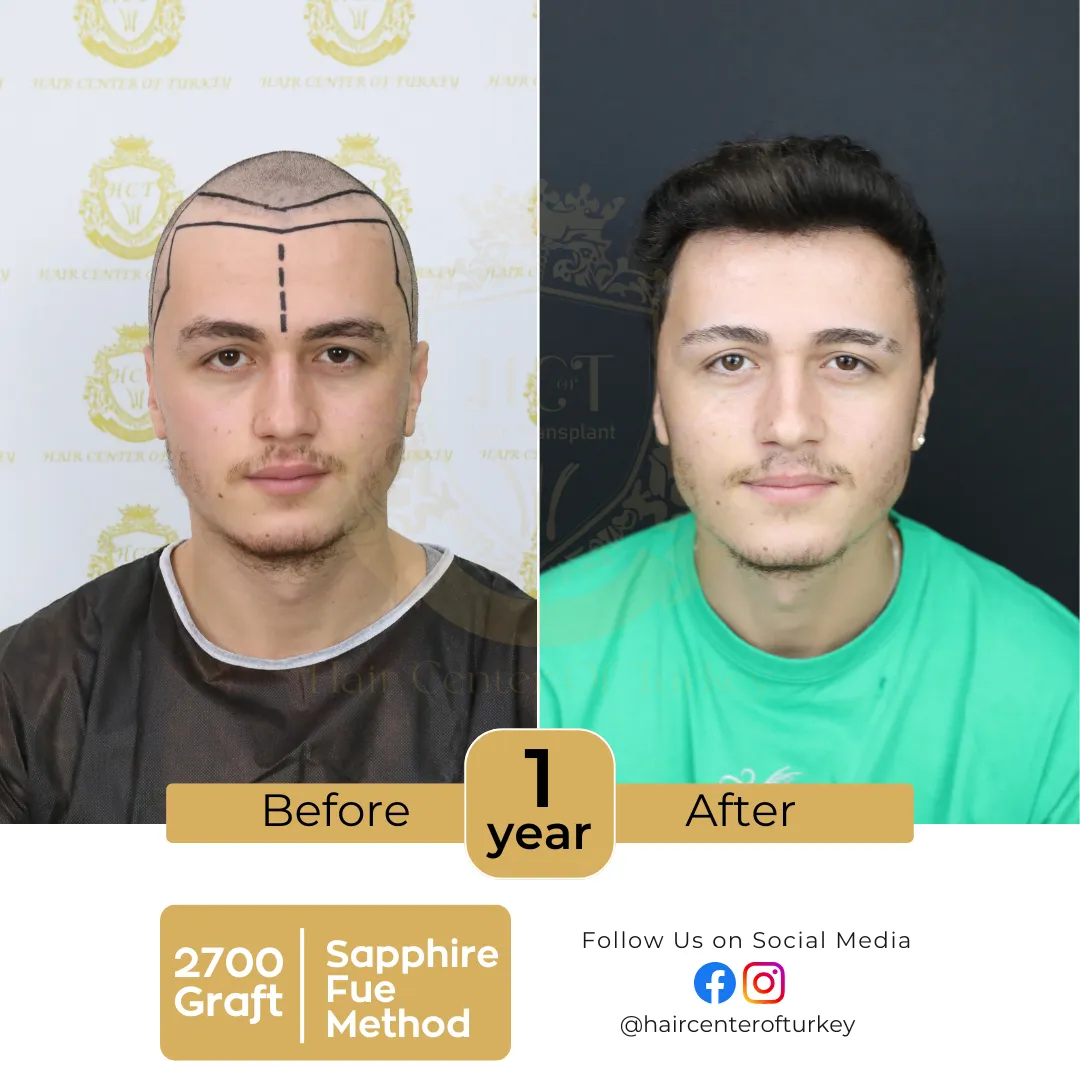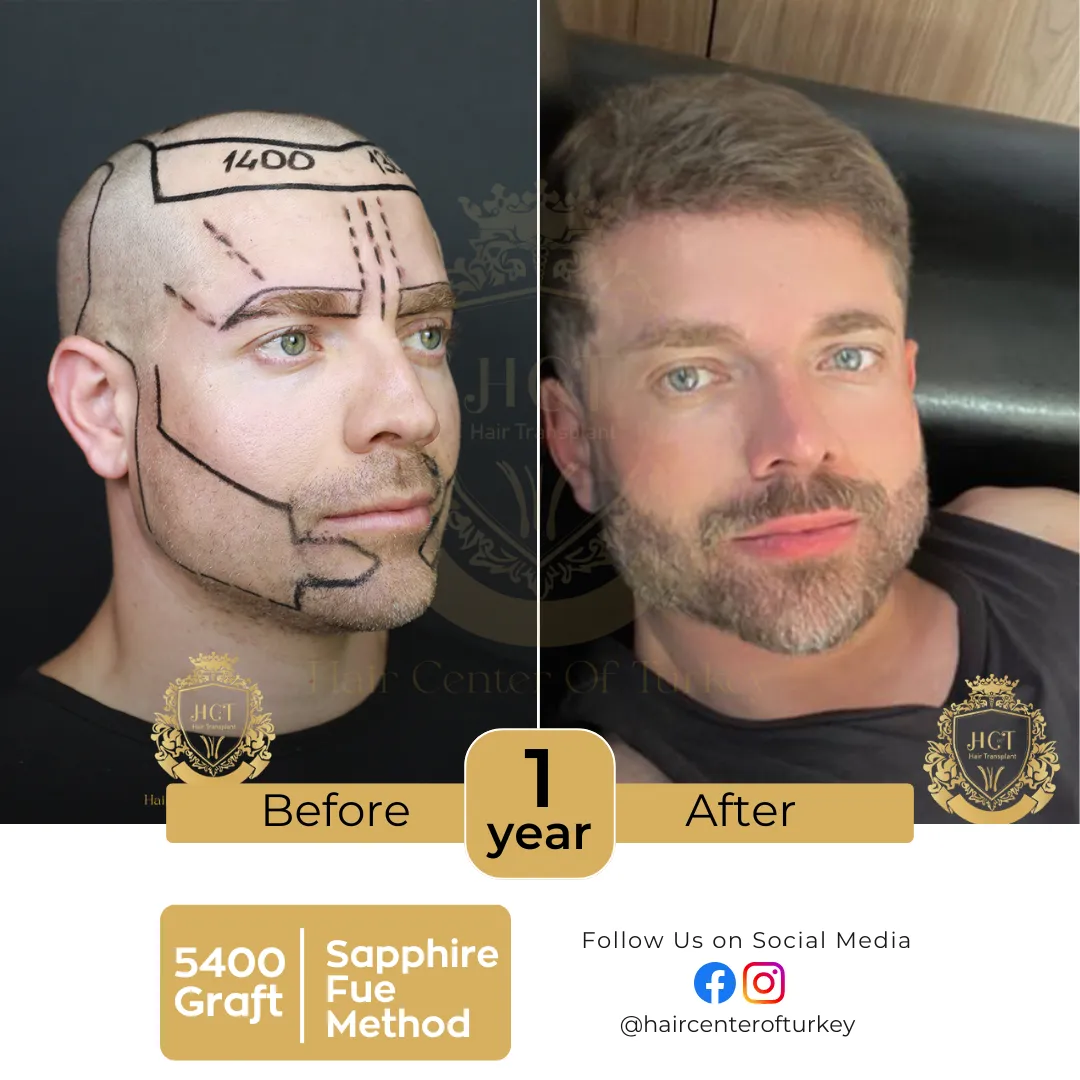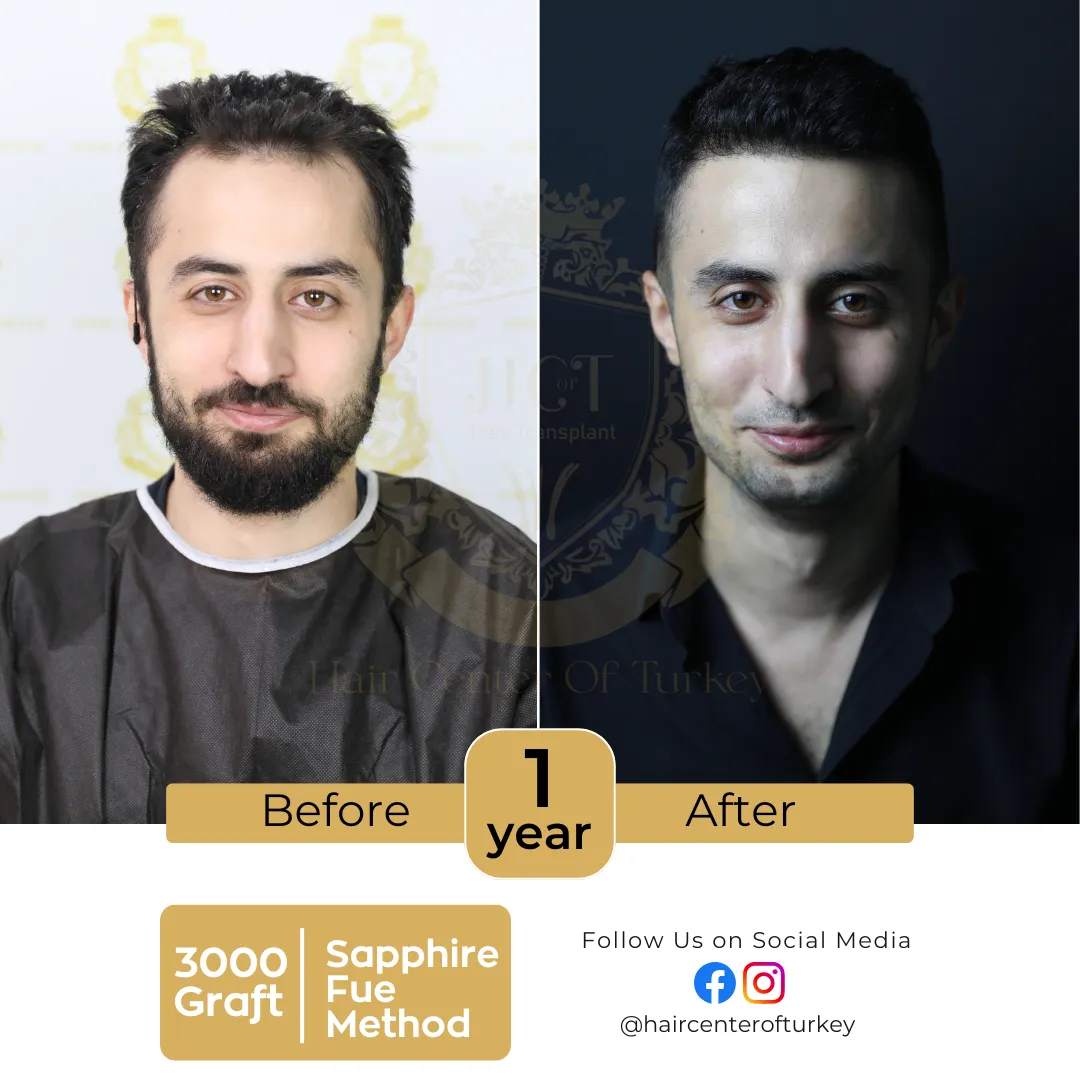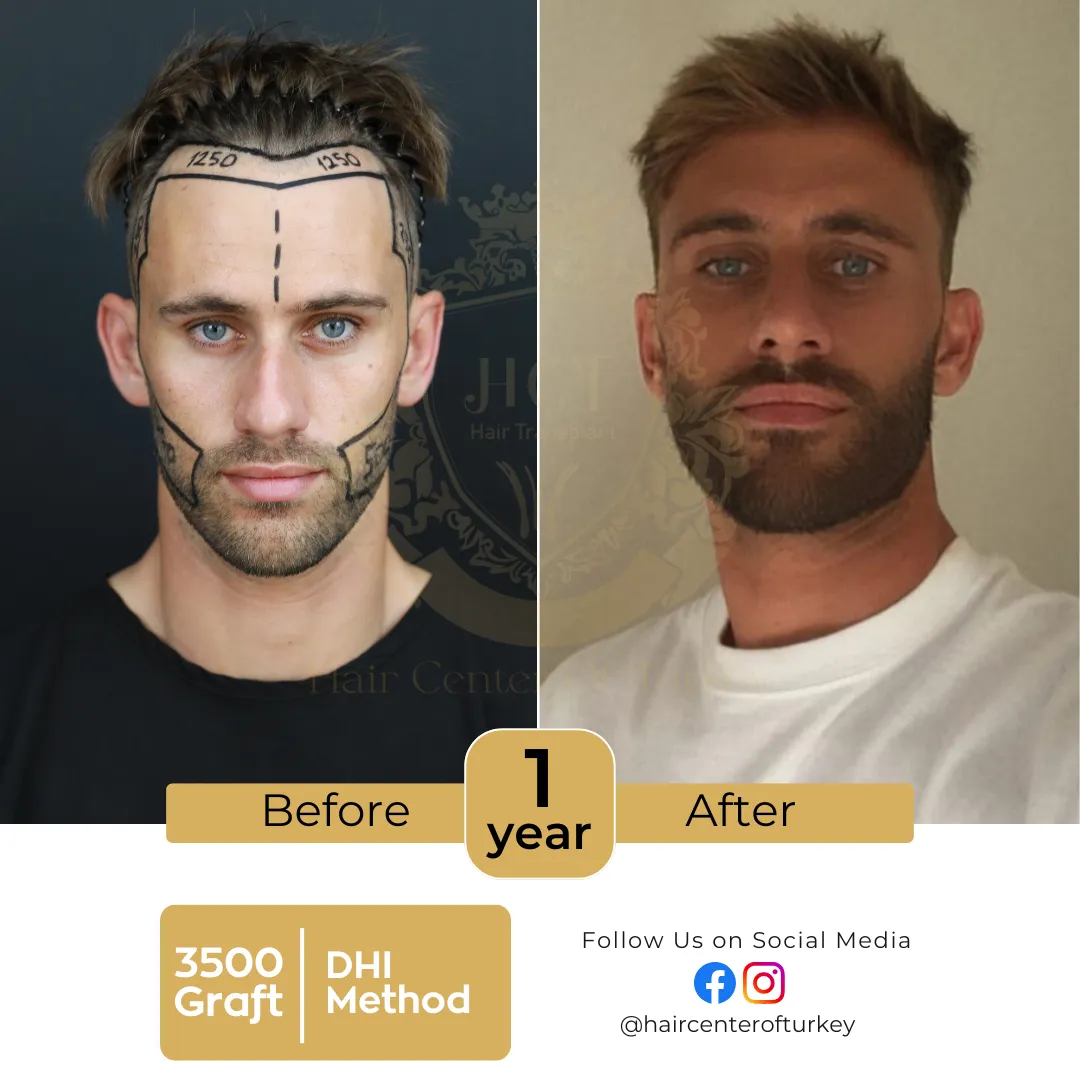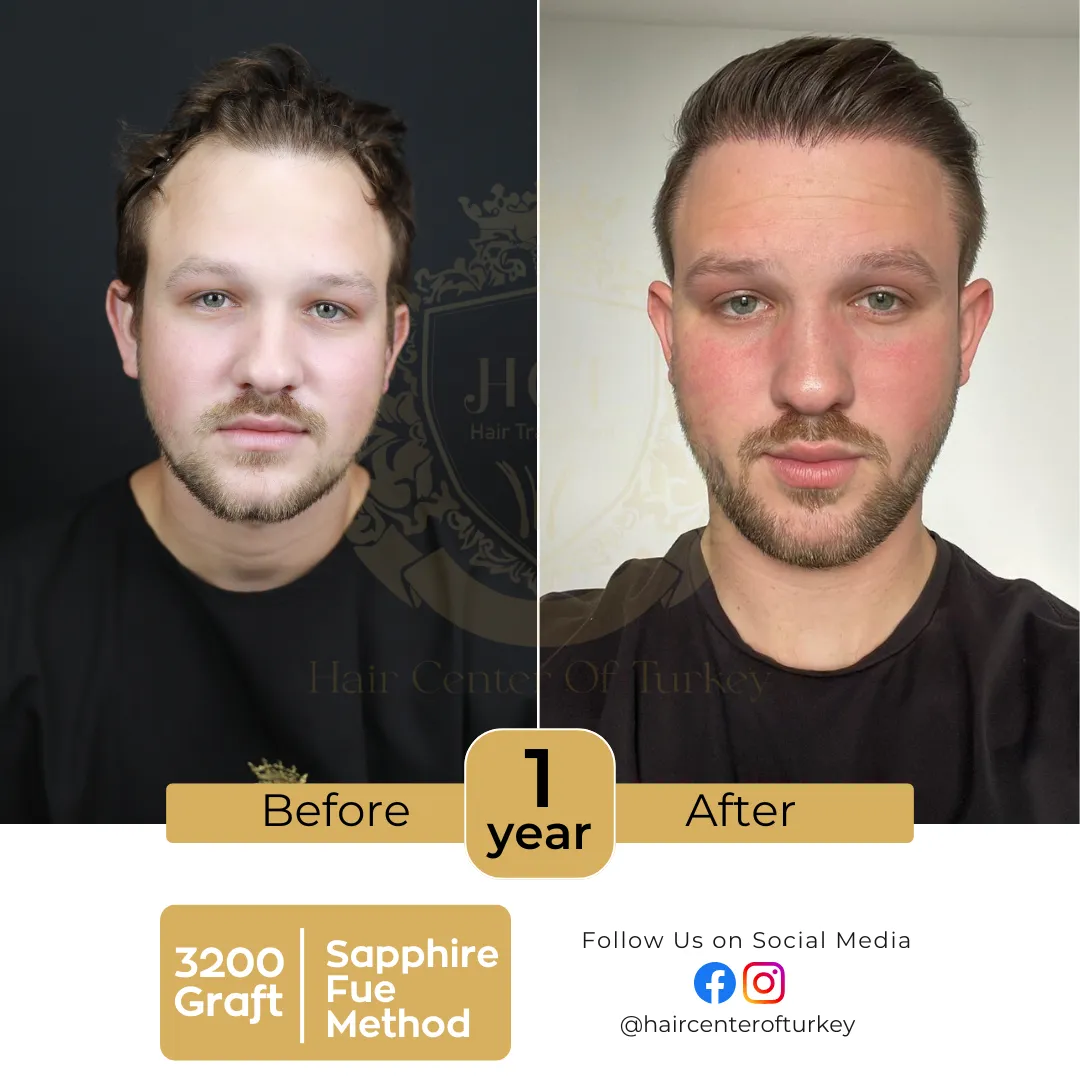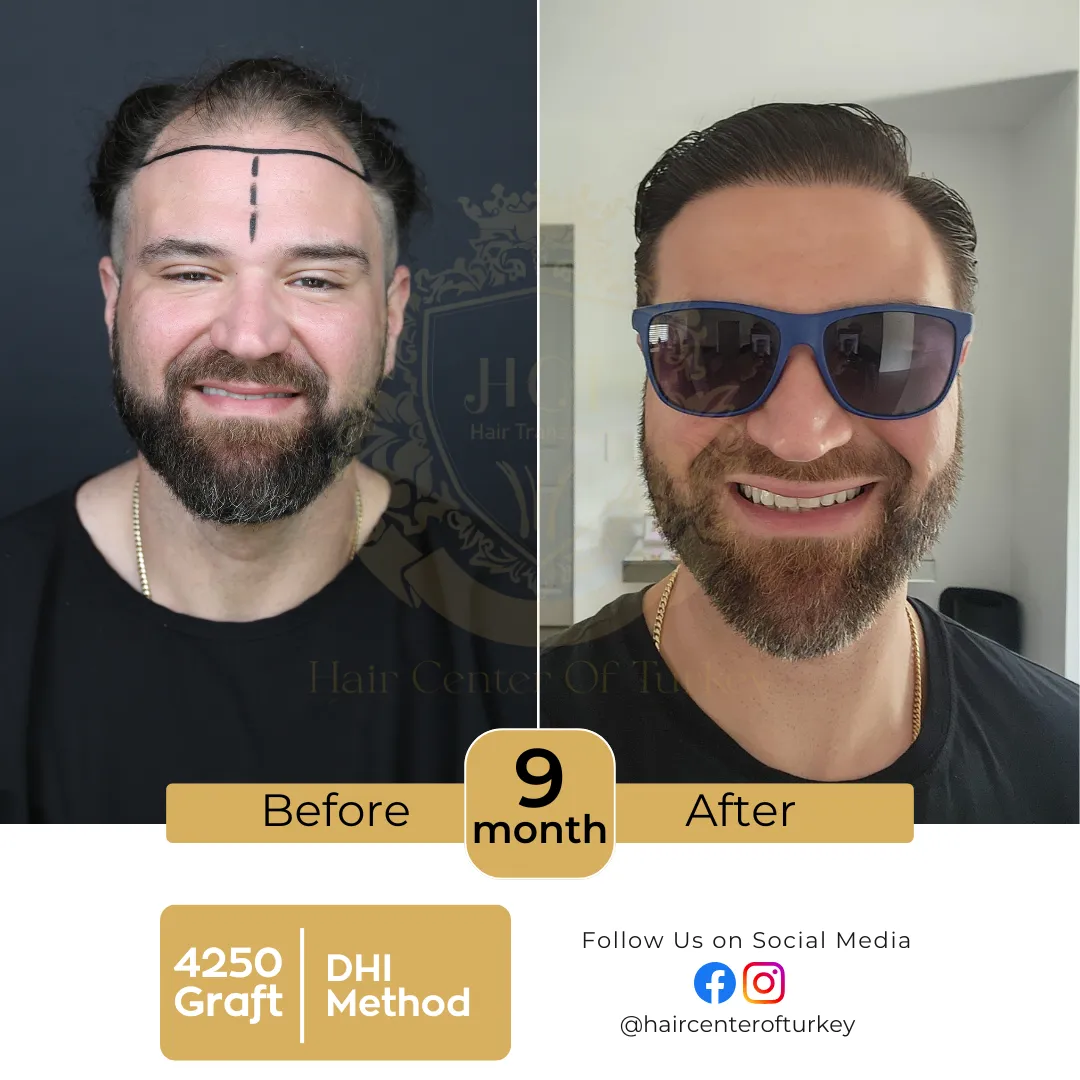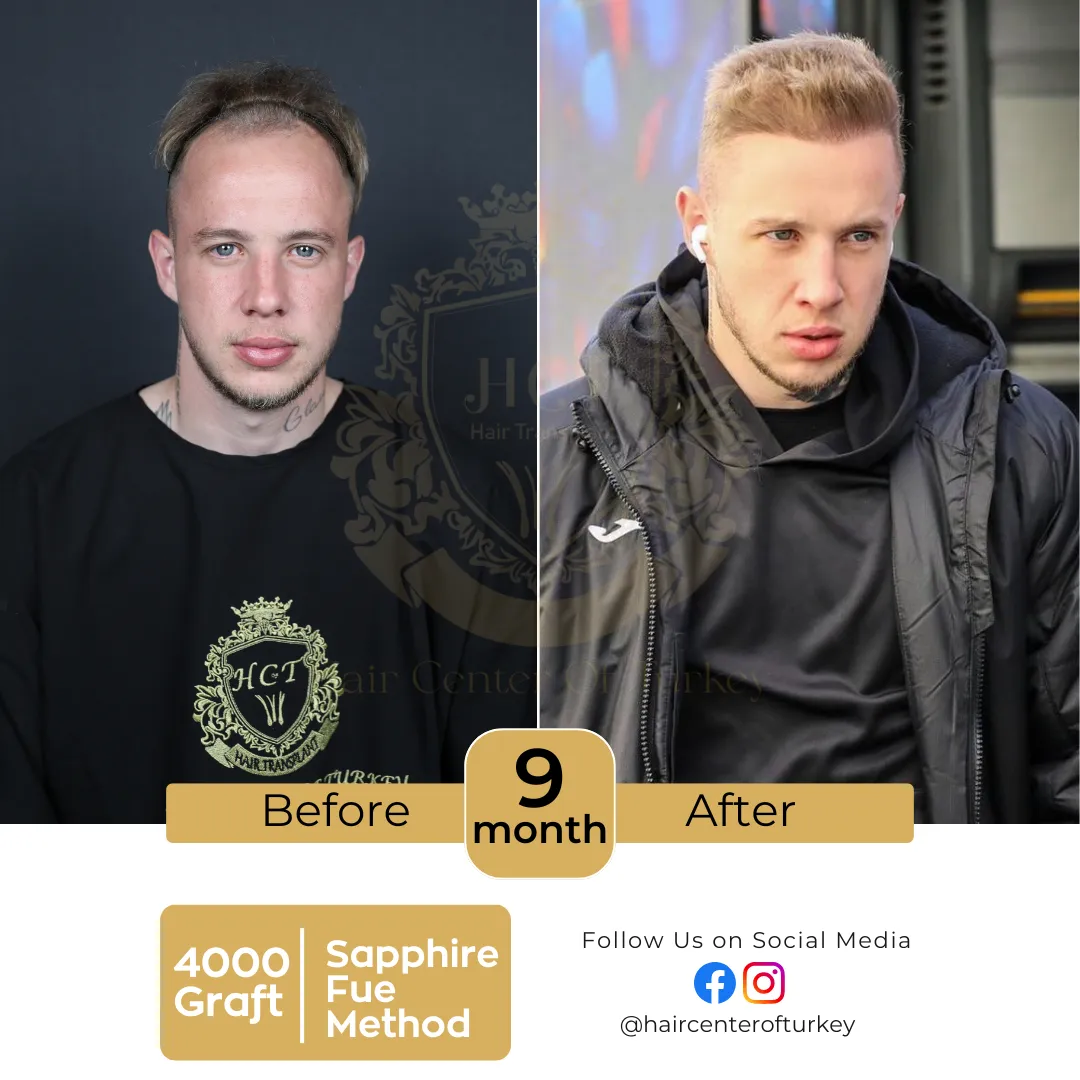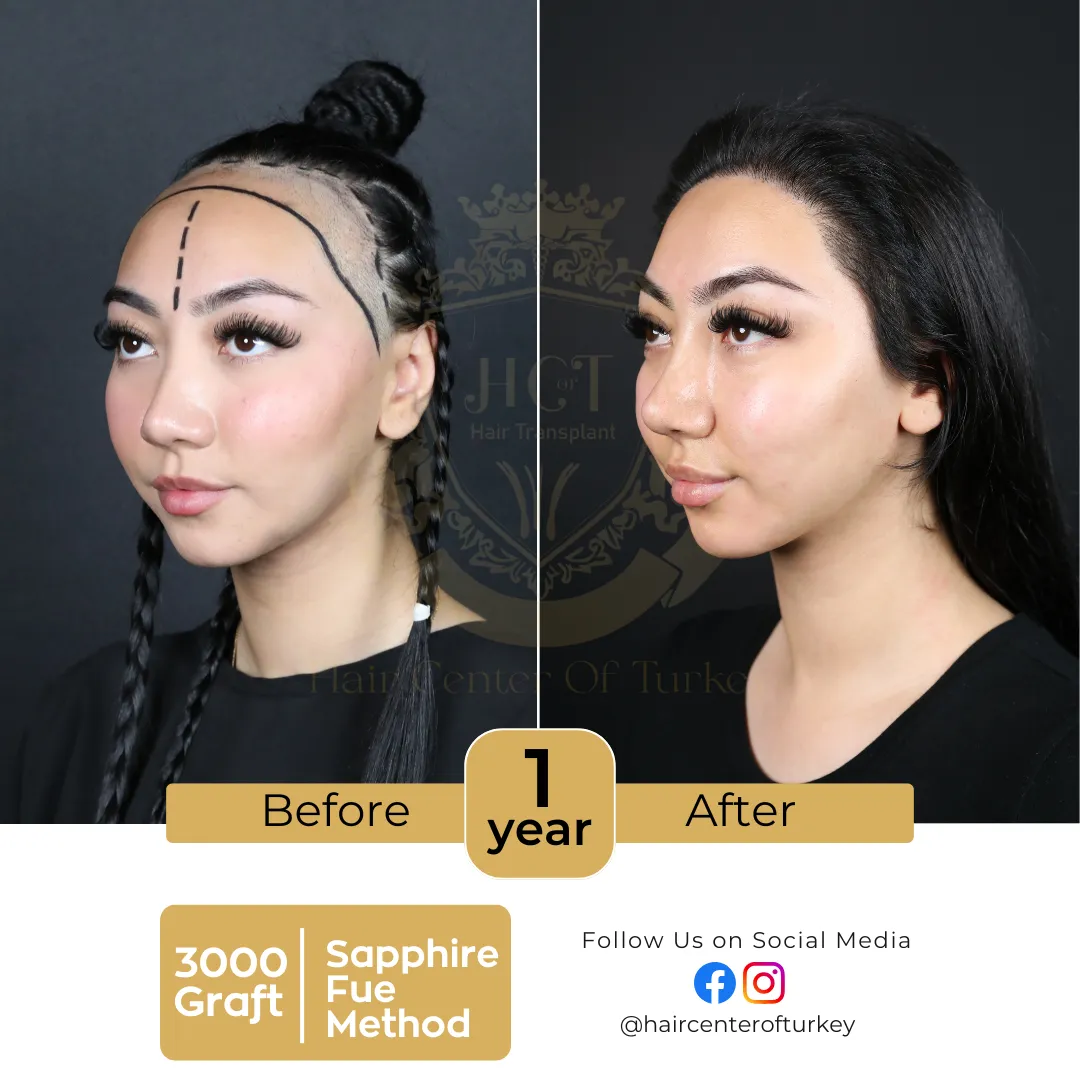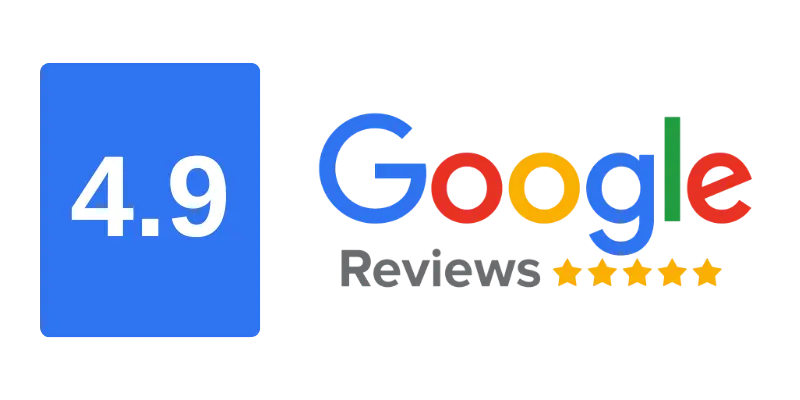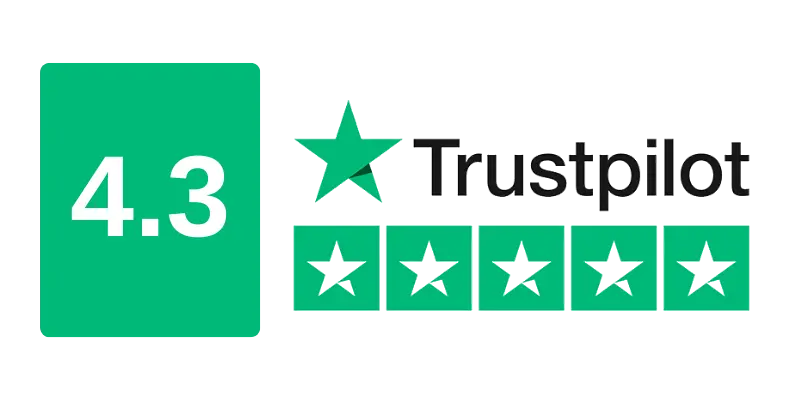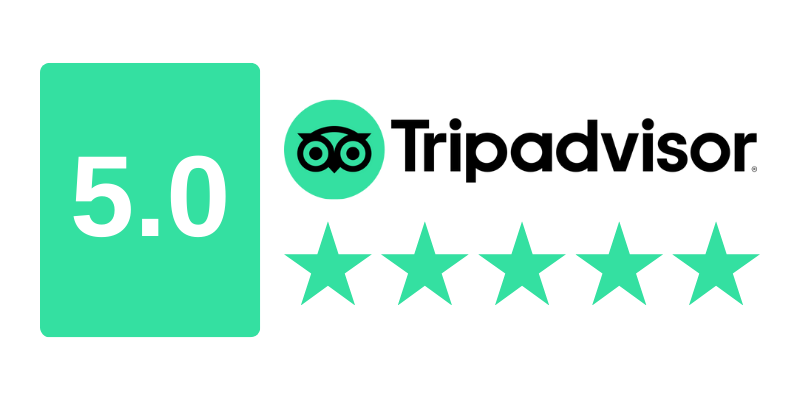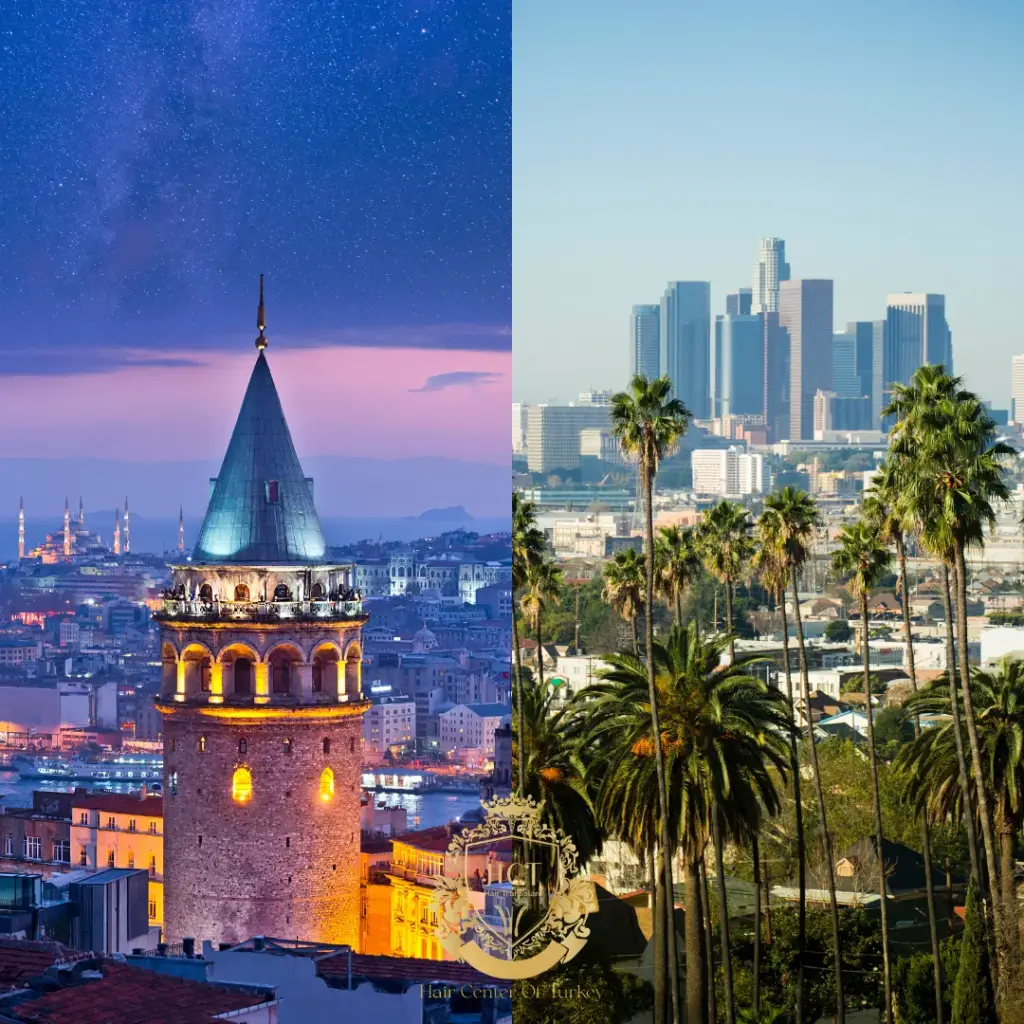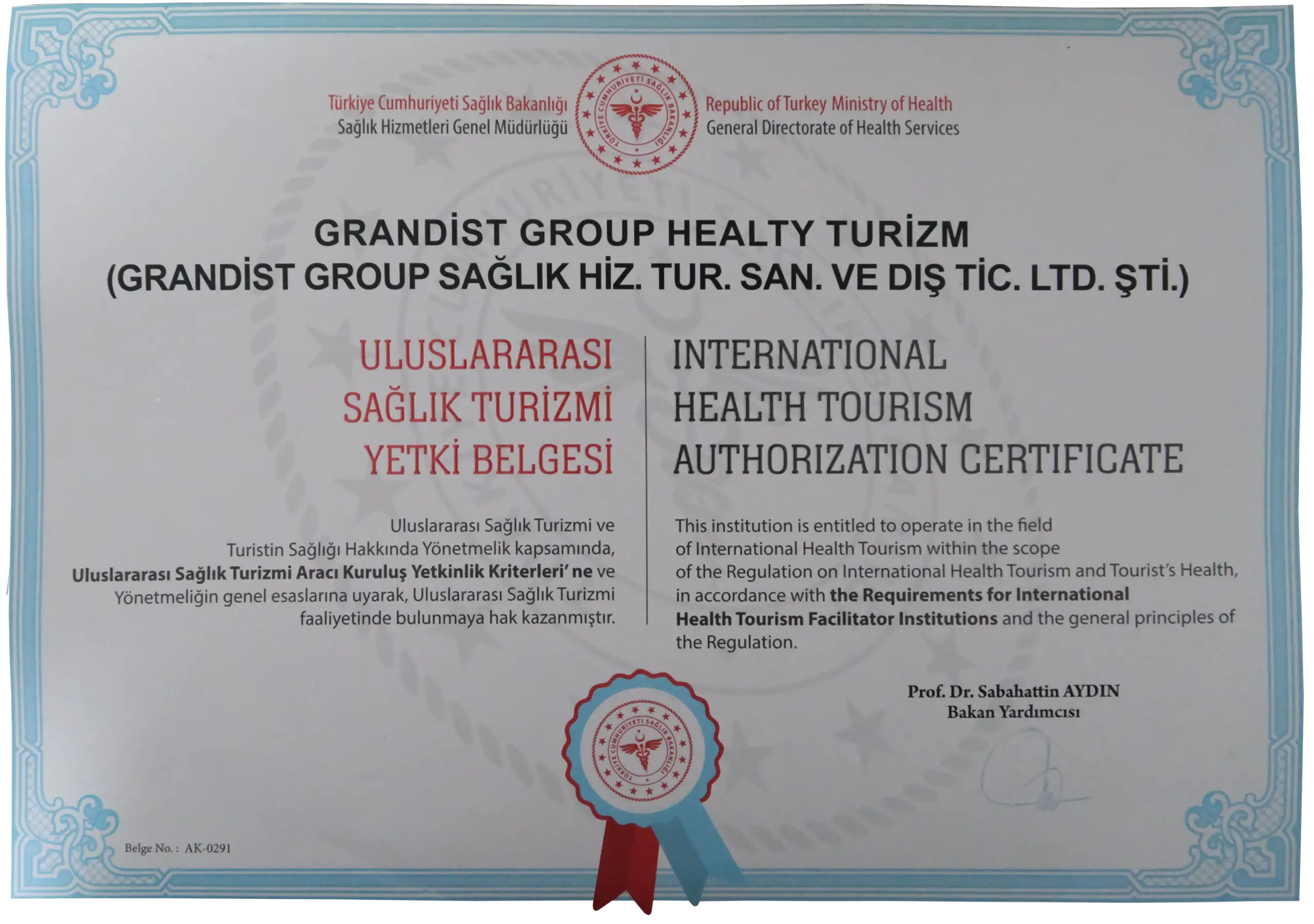How Has Social Media Affected Our View on Hair Loss
Social media has transformed the way we perceive hair loss, turning a once-taboo subject into a more open conversation. From influencers sharing their hair transplant journeys to viral trends embracing baldness, platforms like Instagram, TikTok, and YouTube are reshaping public attitudes. But is this influence entirely positive?
The Rise of Hair Loss Awareness Online
Before social media, hair loss was often hidden or stigmatized. Today, countless users document their experiences — from early signs of thinning to recovery after treatment. This visibility has created a supportive online community that encourages honesty and vulnerability. People no longer feel isolated or ashamed, knowing they’re not alone in their struggles.
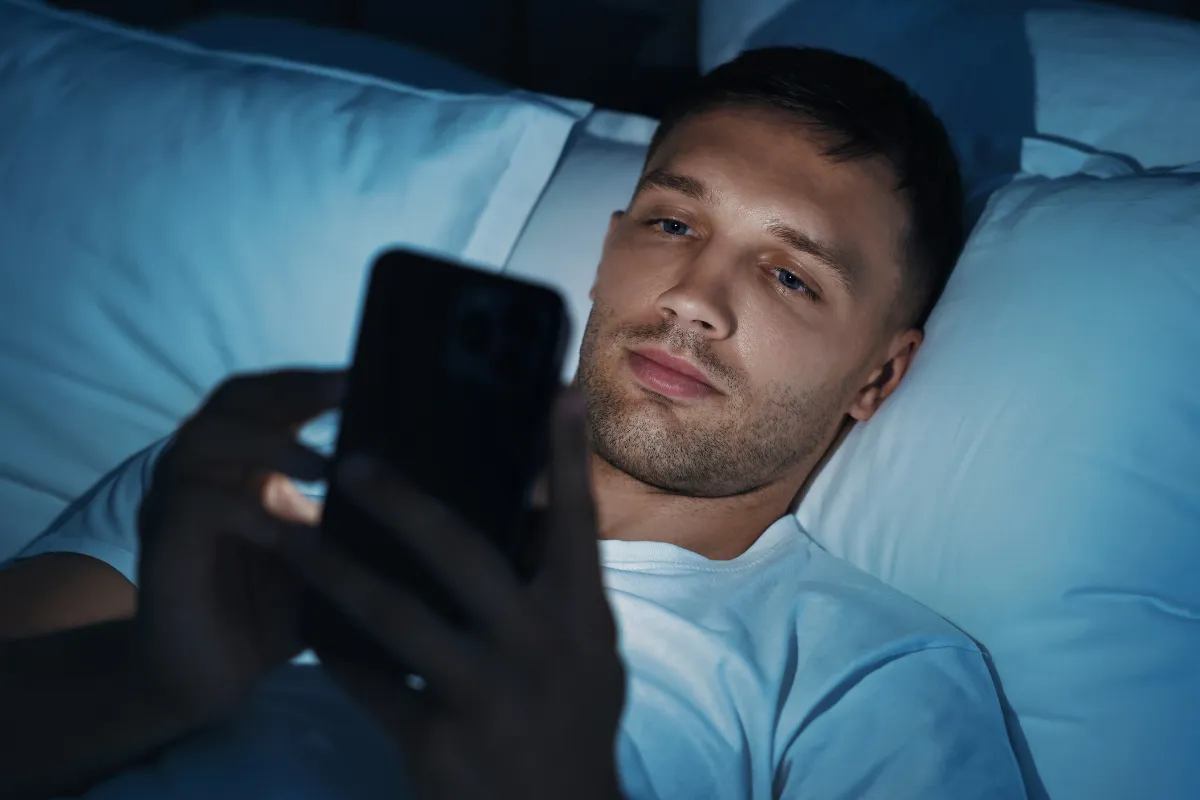
Normalizing Treatments Like Hair Transplants
Hair restoration procedures, once seen as extreme or secretive, are now mainstream thanks to influencers and celebrities openly discussing their results. From FUE and DHI to PRP therapy, social media has demystified the process. Clinics frequently share transformation videos and time-lapse photos, making procedures more relatable and less intimidating to potential patients.
Pressure to Maintain a Perfect Image
While awareness has improved, social media can also increase anxiety. The constant stream of curated images and hairline transformations sets unrealistic beauty standards. Men and women alike may feel pressure to seek treatment earlier, even when hair loss is within natural limits. This digital perfectionism can fuel insecurities instead of resolving them.
Hashtags, Trends, and the Bald Positivity Movement
Not all impacts are negative. The rise of hashtags like #BaldIsBeautiful or #HairLossJourney has given voice to those embracing baldness. Influencers who proudly go bald challenge stereotypes and show that confidence isn’t tied to hair. These online movements provide encouragement and redefine attractiveness beyond traditional standards.
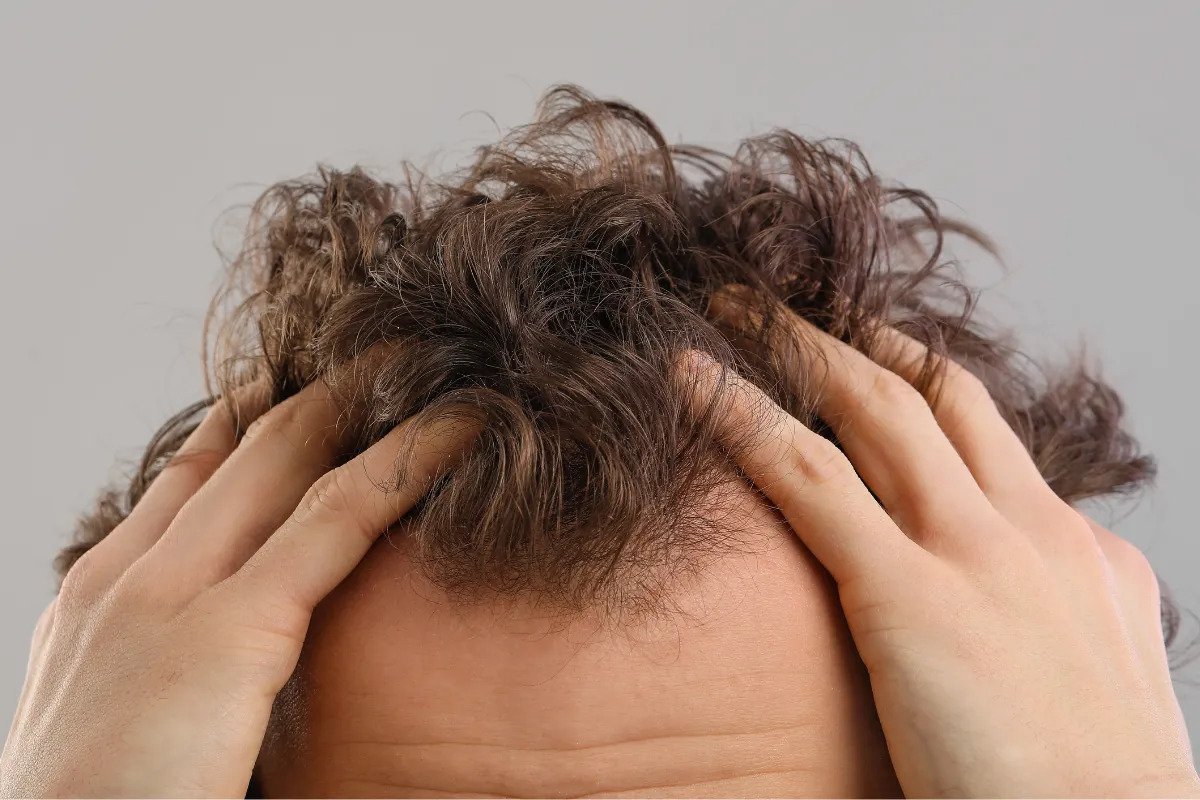
The Role of Clinics and Marketing
Hair transplant clinics have leveraged social media for global outreach. Visual platforms allow clinics to showcase results, explain procedures, and connect with potential patients worldwide. This marketing power, when used ethically, empowers individuals to make informed decisions. However, aggressive advertising can also exploit insecurities, so users must stay critical and well-informed.
Balancing Realism and Confidence in the Digital Age
Ultimately, social media is a tool — its effect depends on how we engage with it. When used mindfully, it offers education, support, and inspiration. When consumed passively, it can distort expectations. By promoting authenticity and responsible messaging, both users and clinics can contribute to a healthier conversation around hair loss.


